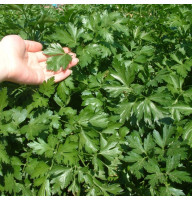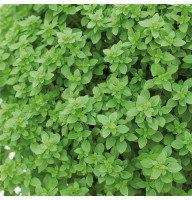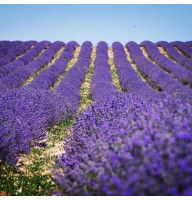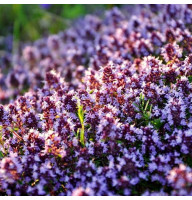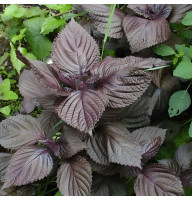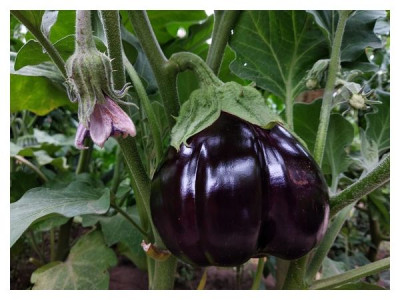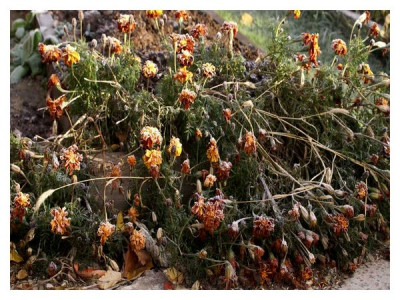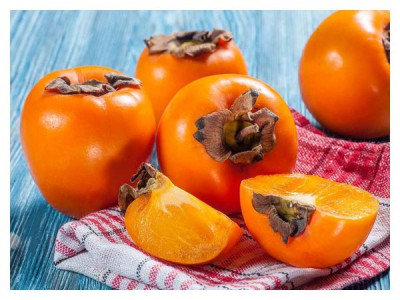Perilla is an ornamental foliage plant from the Lamiaceae family. It is cultivated both as a spice-flavoring plant and as an ornamental crop. It comes from Southeast Asia. In the middle zone, perilla is most often grown as an annual. It will be able to survive the frosty winter only if you put the container with the plant in a frost-free room during the cold season.
What does perilla look like

Perilla (you can also find its other names - Japanese parsley, suza, shiso) is a bit similar in appearance to dead nettle (white dead nettle). This is a lush, tall bush 0.8-1.3 m high with an erect tetrahedral stem. Some specimens reach a height of one and a half meters.
Due to abundant branching, perilla forms lush bushes that can reach 70 cm in diameter. This must be taken into account when placing the plant in a garden bed: perilla will fully demonstrate its decorative qualities only if it has enough space and receives sufficient sunlight.
Perilla leaves are large, up to 10 cm long, often wrinkled, with jagged and even fringed edges, which increases the decorative value of the plant. There are subspecies with bright green, purple-green and violet leaves.
The lower leaves of the plant differ from the upper ones. They are ovoid in shape, growing on long petioles. The upper leaves are smaller in size than the lower ones. They are sessile or short-petioled, ovoid with a pointed tip.
The flowers are small, axillary, collected at the tops of the peduncles in panicles or loose brushes. They do not have any particular decorative value.
Among the varieties of perilla, there are ornamental, oil and vegetable plants.
The traditional use of vegetable perilla is as a seasoning for meat, fish and vegetable dishes. For winter use, its leaves are dried and preserved. Fresh perilla is added to salads and used in sushi: green-leaved forms are better suited for this purpose, since their leaves are more tender and juicy. Perilla with red leaves is more suitable for salting, pickling and marinating vegetables. Varieties with predominantly lemon and caramel aromas are a great addition to tea.
Growing perilla from seeds
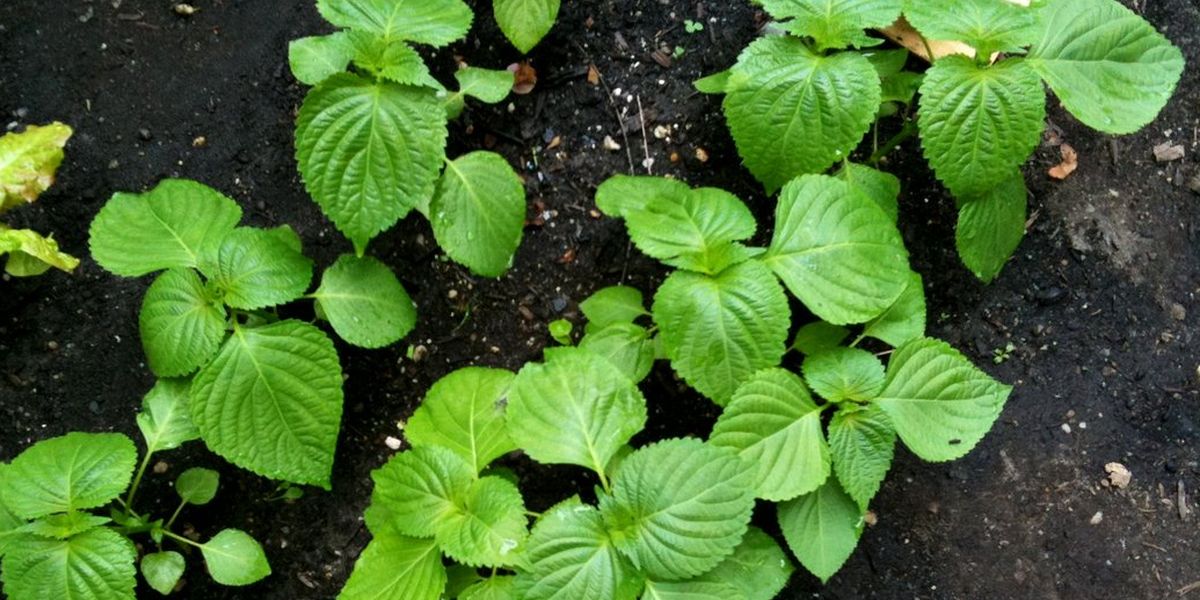
Perilla can be grown in the middle zone through seedlings and by sowing directly into open ground. In the second case, sowing is carried out after the weather has become consistently warm and the threat of recurrent frosts has passed. This is usually the end of May - beginning of June.
Perilla seeds are sown for seedlings in April. Before planting, they are soaked in water for two or three days, changing the water to clean at least three times a day. You can prepare the seeds for planting in another way: place them in damp sand and put them in a cool place for a week.
To grow perilla seedlings, like most other crops, you need light, loose and nutritious soil. You can buy it at a gardening store (choose soil marked «For seedlings») or make it yourself by mixing 3 parts peat, 1 part vermicompost and 1 part sand.
Pour the soil into a container, make furrows no more than 0.5 cm deep and place the seeds in them. Then sprinkle them with soil, gently moisten and cover with film. Keep the container in a warm place until seedlings appear.
After the first sprouts appear (usually the seeds hatch within two weeks), remove the film. Before planting in open ground, make sure that the soil always remains moderately moist.
When sowing seeds directly into open ground, place them in furrows in groups of three. When the seedlings grow a little, choose the largest and strongest plant, and remove the rest.
Perilla seedlings are planted in open ground in early June. A well-lit area protected from drafts and strong winds is chosen for the bed. Before planting, add 2 kg of peat and humus per 1 sq.m. or any complex mineral fertilizer to the soil. Seedlings are placed at a distance of 20-40 cm from each other, depending on the size of the adult bush. It is better to plant in the evening or on a cloudy day - this way it will be easier for the seedlings to move it.
Perilla care
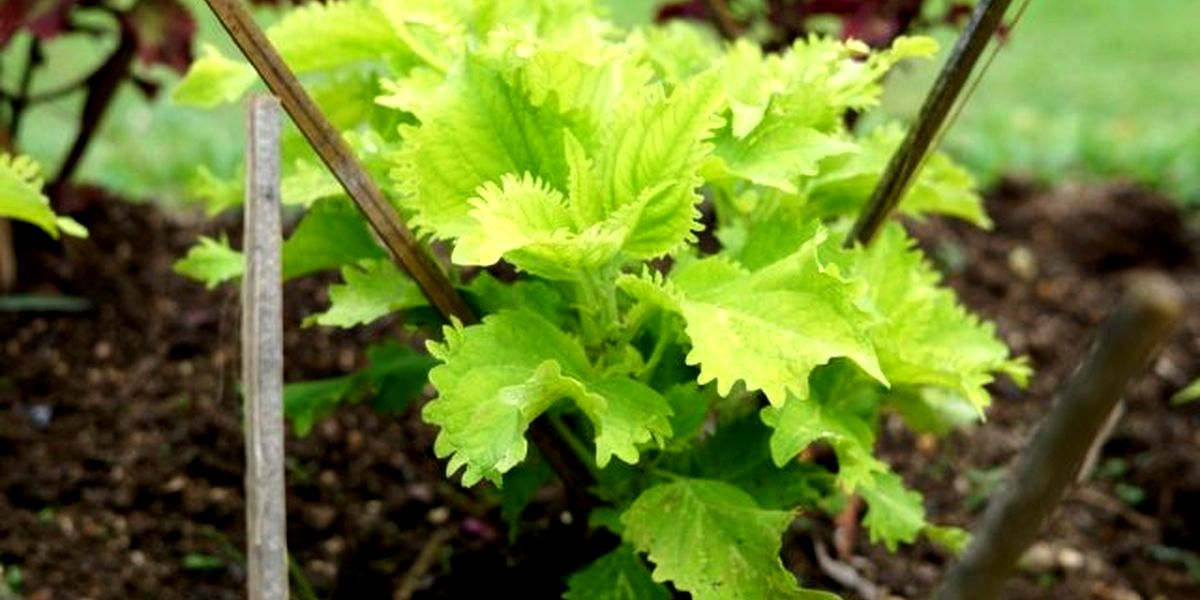
Perilla care will not cause difficulties even for beginners. It includes removing weeds, watering as the soil dries, as well as loosening after each watering and heavy rain.
Perilla is a fairly drought-resistant plant. If for some reason you haven't watered it and it starts to wilt, the plant will easily recover after irrigation.
If the soil on the site is poor and you haven't applied fertilizer before planting, it is recommended to feed the perilla with complex mineral fertilizer several times during the season. In addition, for better tillering, pinch the tops of the shoots several times during the summer.
Obtaining perilla seeds
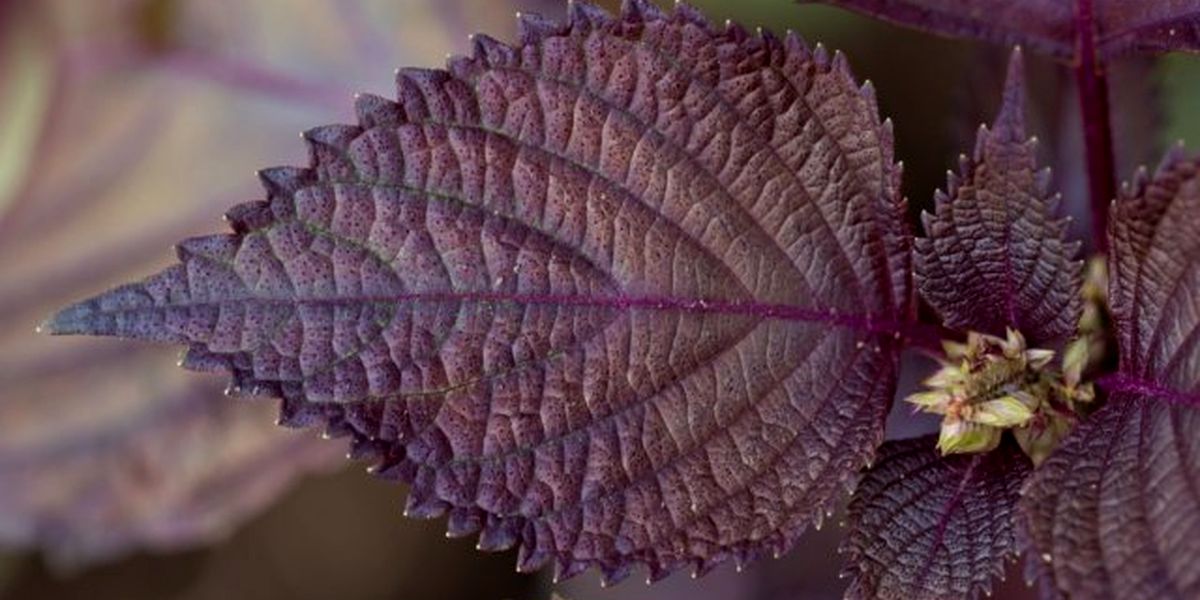
The only difficulty that can arise when growing perilla is the lack of flowering and, as a result, seeds. Perilla is a short-day plant. For it to bloom, the length of daylight over three weeks should not exceed 9-11 hours.
If you grow perilla in a container, take it to a dark room every day after nine hours of exposure to the sun. If the bushes grow directly on the bed, any dark covering material, such as black film, will help you. Just throw a film on the bed every day closer to evening, thus artificially reducing daylight hours. After some time, perilla will bloom and produce seeds, which you can use for its propagation next year. Growing perilla is a great way to get fresh greens with an interesting aroma and taste. Try growing this plant, which is still rare in our country. Perhaps you will like its taste, and after that, perilla will settle in your garden forever.

